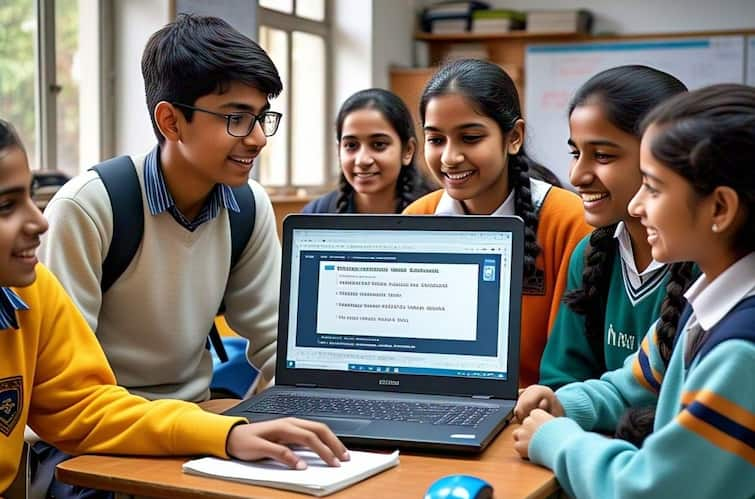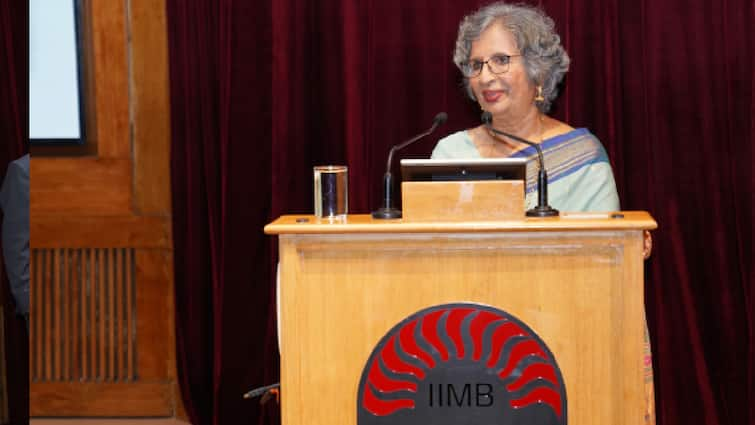Show Quick Read Key points generated by AI, verified by newsroom By Ashish Munjal India's higher education landscape is undergoing a significant evolution as Tier-2 and Tier-3 institutions are evolving to serve as pivotal anchors in developing a future-ready workforce in the country. Not limited to metro-centric aspirations, these institutions in smaller cities and towns are redefining the interface between education and employability, creating contexts for learning that reflect the ambition, agility, and diversity of India itself. Bridging Access and Accountability Previously viewed as peripheral to urban universities, most of these institutions now thrive through the utilisation of their own regional advantage – closeness to expanding sectors, reduced operational expenses, and exposure to diverse local talent. The new generation of institutions has adopted output-based and accountable education models, linking their success to the career outcomes of students. Flexible financing frameworks, including employment-linked tuition models where fees are deferred until students secure employment, are opening up education while encouraging institutions to provide concrete job outcomes.
The combination of affordability and accountability has shifted our discussion of education from merely obtaining degrees to the generation of outcomes. Success is no longer about just how many students are enrolled; it’s about whether or not they are employable. This marks a very significant cultural shift in India's mode of learning. A 2024 industry survey by NASSCOM indicates more than 60% of employers in India are looking to hire from Tier-2 and Tier-3 cities. This trend is mainly because these institutions emphasise practical skills and provide more affordable education.
Industry-Integrated and Practice-Led Learning In fields like BFSI, analytics, logistics, and digital marketing, institutions are teaming up with industry partners to create curricula that adapt to the ever-evolving market needs in real time. Internships, live projects, and long-duration corporate immersions are now structural elements, exposing students to hands-on learning and measurable outcomes. Institutions that embrace experiential learning are not just teaching technical skills; they're also nurturing essential behavioural skills like communication, adaptability, and critical thinking. Additionally, fresh global immersion initiatives are helping students grasp international business practices, broadening their perspectives beyond just geography. A 2024 study by the Confederation of Indian Industry (CII) states that Tier-2 and Tier-3 institutions have ramped up internship placements to 40% year-on-year, indicating significant interest from regional employer stakeholders to access new local talent pools.
Career placement rates from these programs have surpassed 30% when compared with similar programs in metro centres. Technology as the Equaliser Digital enablement is soon to become a badge of honour for Tier-2 and Tier-3 institutions. The use of AI-powered learning software, facial recognition for attendance tracking, and predictive analytics for engagement measurement is turning classrooms into data-driven learning environments. These technologies do not just personalise education, but they also provide urban-quality instruction to schools with limited resources, so they can compete on learning effectiveness instead of schools' size or location. This technology-driven parity supports India’s broader “city-as-a-campus” vision, where digitised learning networks connect students, recruiters, and local industry hubs into collaborative ecosystems that democratize opportunity.
According to a report from the Ministry of Education in 2025, over 70% of Tier-2 and Tier-3 institutions have started adopting smart classroom technologies. Additionally, programmes focused on digital literacy have shown a remarkable 25% boost in student engagement. The government is promoting this shift to smarter classrooms with a continuous push for more robust digital infrastructure through programmes like Digital India. Local Relevance, National Significance More and more, Tier-2 and Tier-3 institutions are supplementing their academic growth with regionally relevant skills development programmes that relate to the local economic drivers of those regions - whether it's manufacturing in Gujarat or IT services in Bhubaneswar. This type of alignment creates powerful feedback loops - institutions get to experiment and adjust programmes based on recruiter expectations, while industries have a reliable source of job-ready talent.
Based on a 2025 report by the National Skill Development Corporation, by the year 2028, Tier-2 and Tier-3 cities are anticipated to be the sources of approximately 35% of India's advanced engineering talent due to the presence of skilling hubs, innovation hubs, and additional funding sources for digital infrastructure. Growing talent locally curtails talent out-migration and supports local economies, as a 2024 study by the Indian Institute of Management illustrates. Over the last five years, there has been a 15% decline in student migration from Tier-3 cities to metros. Fostering Innovation and Entrepreneurship Beyond Metros Tier-2 and Tier-3 institutions have become vibrant innovation centres, driving close to 50% of India's identified startups by way of increased digital access, incubation, and community-based ecosystems. These Tier-2 and Tier-3 cities allow for sustainability startups in various sectors such as agri-tech, eco-solutions, and health-tech and represent a culture that recognises the need to solve problems both locally and globally.
Programmes such as the Cluster Innovation Model take an active approach to embed experiential education that is executed through real projects and results in several student-led startups. This shift is significant to education beyond placement and is to create new employers and innovators based on local assets. Redefining India’s Educational Future These new institutions reflect a new model – education that starts with employability and grows with innovation. Their quick response in embracing hybrid learning, outcome-based funding, and ongoing reskilling initiatives means that the process of education does not culminate in a degree but serves as a career stream that lasts a lifetime. At the core of the matter, Tier-2 and Tier-3 institutions are proving that exceptional education isn't just reserved for the bustling city centres.
They are nurturing a workforce that is not only competent in technology but has also developed community engagement to become the future global leaders. This is the sort of talent that would cooperate in India's pathway to becoming a true knowledge-driven economy. (The author is Co-founder & CEO of Sunstone) Disclaimer:The opinions, beliefs, and views expressed by the various authors and forum participants on this website are personal and do not reflect the opinions, beliefs, and views of ABP Network Pvt. Ltd. Education Loan Information:.








